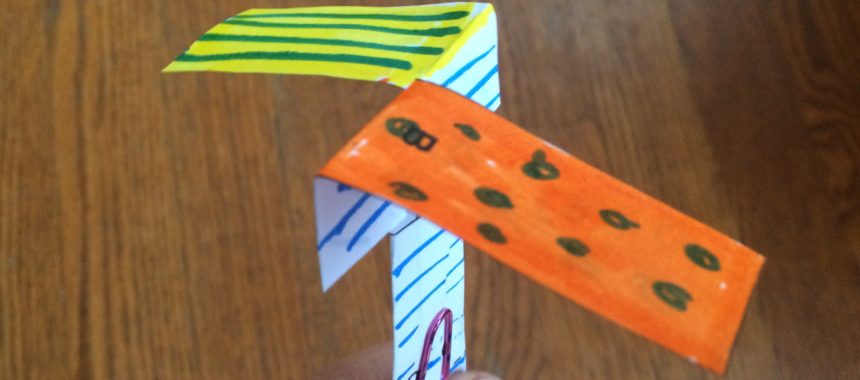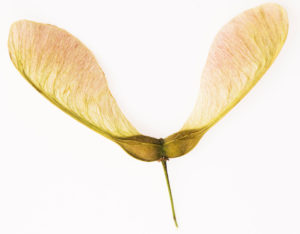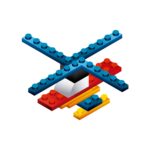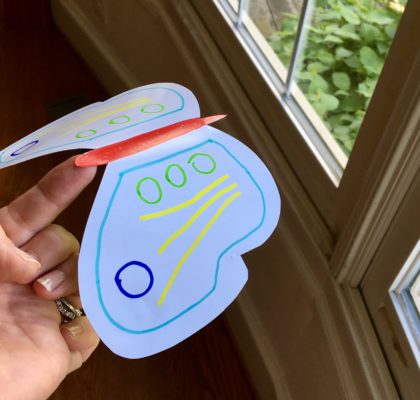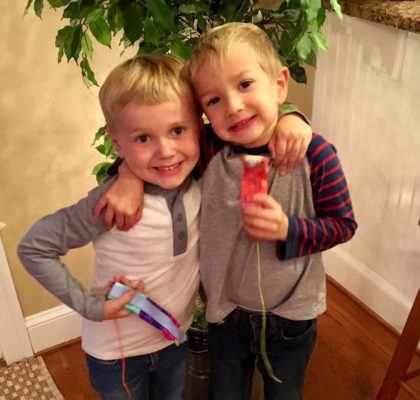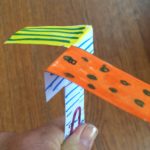
Make a Paper Helicopter
Print out paper helicopters: large-helicopter-printable / small-helicopter-printable
In this science experiment, kids make paper helicopters and explore the principles of flight.
Simple explanation: Wind speed and wing shape affect how a helicopter flies.
Detailed explanation: For objects to fly, they must overcome the forces of gravity and drag with the forces of lift and thrust.
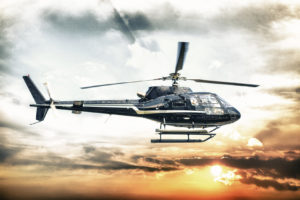 Gravity is an invisible force that keeps us from floating into space and keeps the Earth rotating around the Sun. On Earth, gravity pulls everything downward. The only way helicopters and airplanes can fly is if the upward force of lift is greater than the downward force of gravity.
Gravity is an invisible force that keeps us from floating into space and keeps the Earth rotating around the Sun. On Earth, gravity pulls everything downward. The only way helicopters and airplanes can fly is if the upward force of lift is greater than the downward force of gravity.
Drag is a force that slows things down – like when you try to walk through deep water. When things fly on earth, drag is caused by air in our atmosphere pushing against the object. Although you can’t really sense it around you, air is a chemical compound with enough substance to actually slow things down. Note that in outer space, there is no air and therefore no drag! This completely changes how engineers design aircraft for travel in outer space.
Lift occurs when air moves quickly over an object, lowering the air pressure on top of the object. This concept is called Bernoulli’s Principle, after Daniel Bernoulli, who first discovered that as the speed of air increases, pressure decreases. If air is moving quickly over an object, the air pressure under the object is higher, which pushes the object up, creating lift. This is how the rotor blades on a helicopter work. Also, by altering the speed and angle of the blades, the pilot can make the helicopter rise, fall, hover and fly forward and backward.
Thrust is the force that pushes an object in the direction that it is flying. In a helicopter, the tail rotor creates thrust to keep the helicopter moving. In the case of the paper helicopter experiment, thrust is created by kids throwing the helicopter, or by the fan blowing upward.
Nature uses a helicopter design and wind to help maple seeds fly through the air. This helps the seeds move further away from the tree that produced them. (Can you think why this would be helpful?)
Kids love this activity, and can play with the helicopters for hours. This is also a great activity to use at fairs or festivals. If you run a science business, you can print your website or other information on the helicopters and hand them out for the kids to take home.
Safety Notes
Flying objects are always a concern around children. If you use a fan with unusual wind force, or add weight beyond what is called for here, consider providing goggles to the students. Also, be sure the children cannot get their fingers close to the fan blades.
Materials
- White or colored printer paper - 5-10 sheets per class
- Small paperclips - 1 per student
- Scissors
- Markers
- Floor fan that can be tilted to blow upwards - 1 per class
- Goggles (optional) - 1 per student
Instructions
Print out the paper helicopters. Printing on colorful paper is always fun. large-helicopter-printable small-helicopter-printable It is fun to experiment with both sizes; we especially recommend the larger size for the younger scientists.
Cut along the SOLID lines. Fold along the DASHED lines. Fold flaps C and D inward, then fold the bottom up; this will create a handle of sorts. Use a small paperclip to secure the handle. The paperclip not only holds the bottom together, but adds just the right amount of weight to ensure the helicopter will spin as it falls. Fold flap A away from you and flap B toward you; this makes the top of the helicopter.
The older scientists will be able to do all of this themselves; you will likely have to pre-cut and fold the helicopters for the younger scientists. If there is time, give the kids time to decorate their helicopters with markers. Don't add stickers or anything else that will change the weight or center of gravity, however.
Demonstrate how the kids can throw their helicopter up into the air and let it spin down. Why does it spin? (Because of the wing shape and the pressure of the air as it falls.) Does this remind them of anything they have seen in nature? Remind them about maple seeds!
Once they have done this for a few minutes, put out the fan and turn it on, with the column of blowing air aimed directly at the ceiling. Start out on the lowest setting.
Demonstrate how to make the helicopters fly over the fan by holding the helicopter above the center of the fan like a flower (the handle is the stem, the helicopter blades are the petals) and dropping it straight down. Emphasize that the kids should not throw the helicopters, but simply drop them. Consider having the kids do this one at a time to avoid the possibility of anything flying into their eyes. (Or have them wear goggles.)
Experiment with using different speeds. How does increasing the wind speed affect how the helicopters fly?
Extension: have kids design and build helicopters from Legos. Be sure to provide pictures or examples to get them started.
Extension: try the launch "magic" balloons activity.


